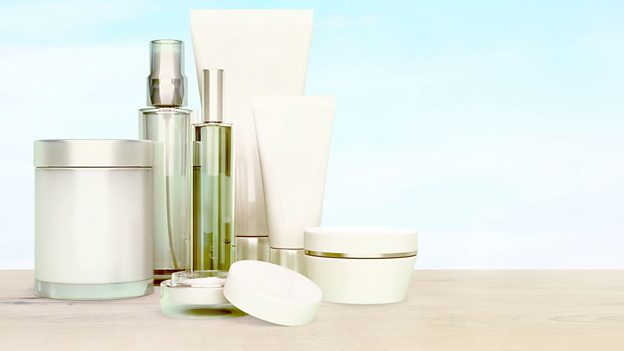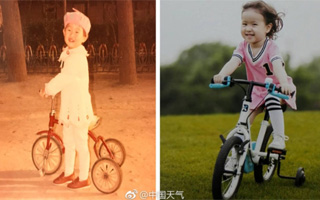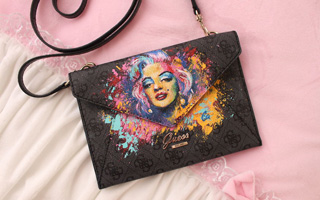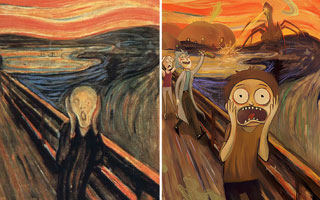文字稿
“ Microbeads ”是塑胶微粒,它们常被加入各种产品中起打磨、摩擦的作用。比如,许多化妆品、护肤品和清洁用品中都常含有塑胶微粒。在英国,国会议员建议禁止这些微小塑料颗粒的使用,这是为什么呢?请听 以下 的报道。
Tiny fragments of plastic pervade the seas from ocean depth to Arctic ice. They get eaten by small creatures and often clog their gut. Shreds of plastic can be found in oysters and mussels. The small creatures are prey for bigger animals, so the plastic travels up the food chain.
The fragments aren’t toxic themselves, but they attract toxins. The committee says more research is needed to see how much harm they are doing. But the MPs say banning microbeads in cosmetics would be a small but useful start.
词汇表
fragments 碎粒、碎片
pervade 遍及、充满
clog 堵塞、堵住
gut 肠道
shreds of 一丝丝的
mussels 青口(海鲜产品,一种黑色的贝壳)
prey 猎物
food chain 食物链
toxic 有毒的
toxins 毒素
cosmetics 化妆品
测验
请听报道并回答下列问题。
1. Where in the environment can we find microbeads?
2. Which part of a small creature's body do microbeads end up in?
3. True or false? Microbeads are toxic.
4. Which word is used to mean 'food for a bigger animal or predator'?
答案
1. Where in the environment can we find microbeads?
They can be found in the sea.
2. Which part of a small creature's body do microbeads end up in?
In their gut.
3. True or false? Microbeads are toxic.
False. The microbeads themselves are not toxic, but they attract toxins.
4. Which word is used to mean 'food for a bigger animal or predator'?
Prey.












